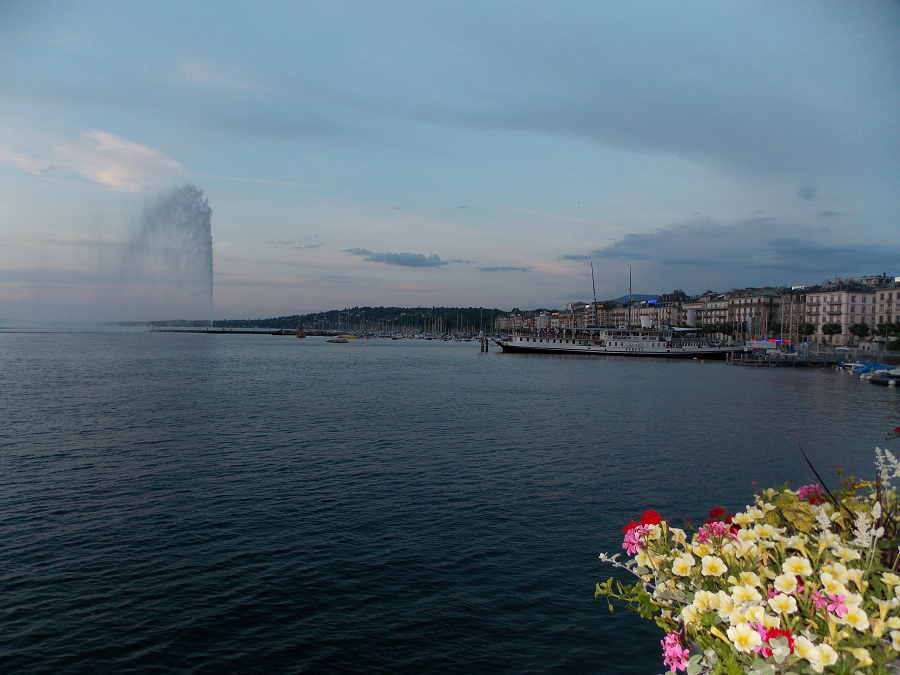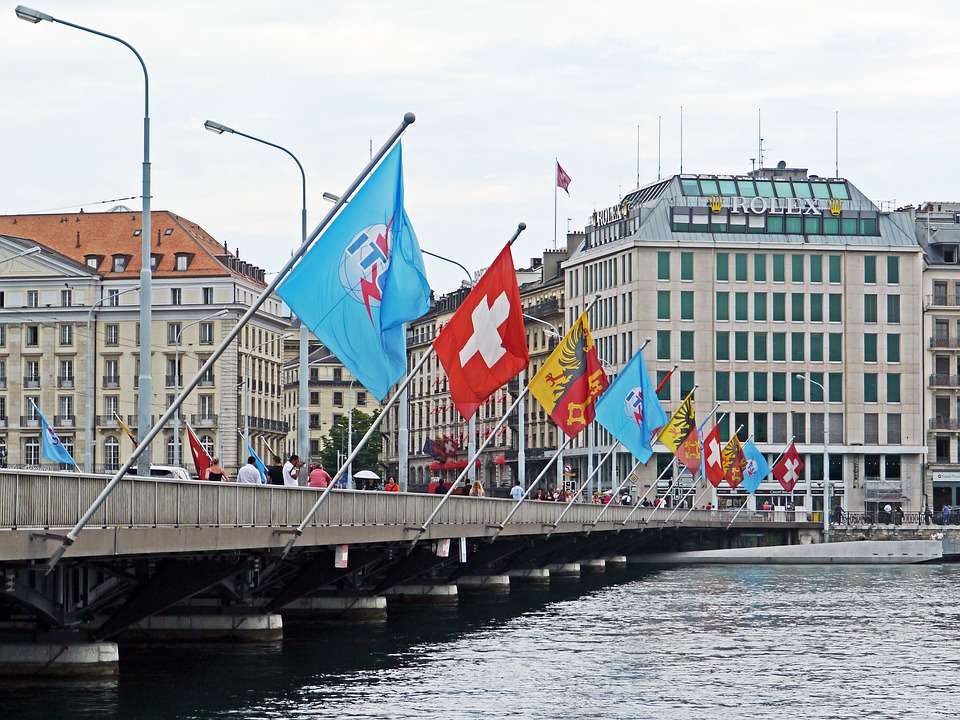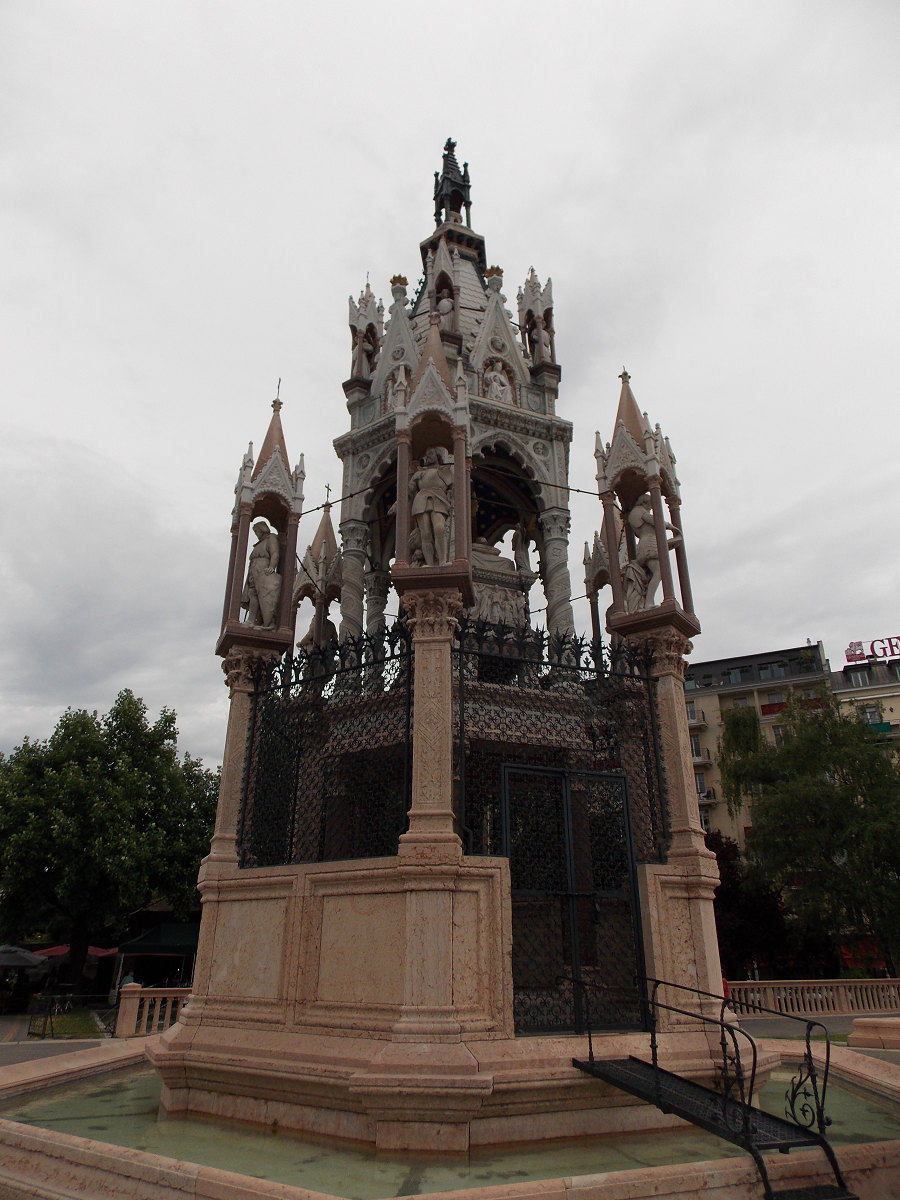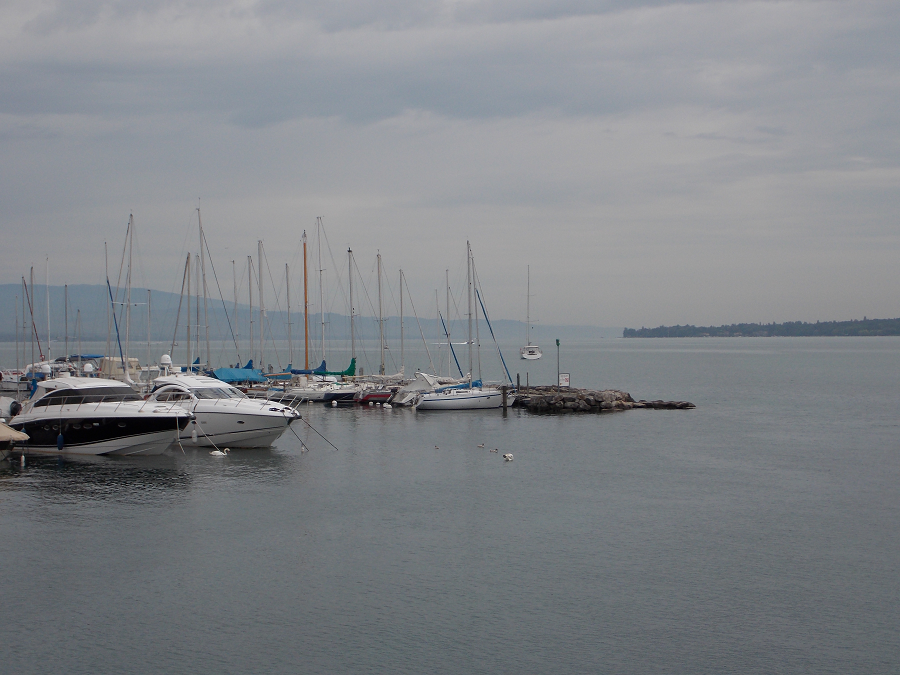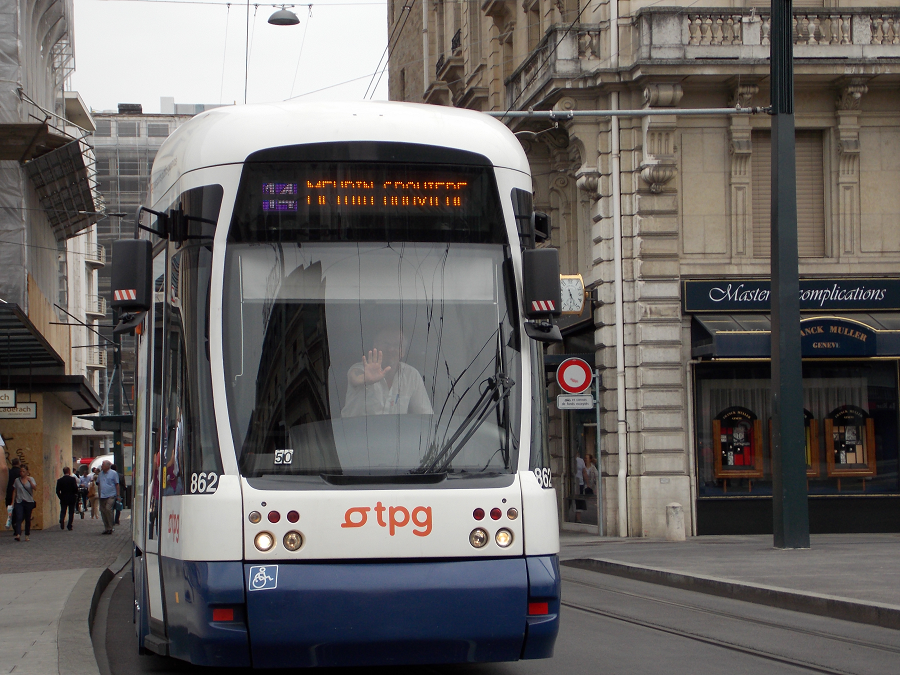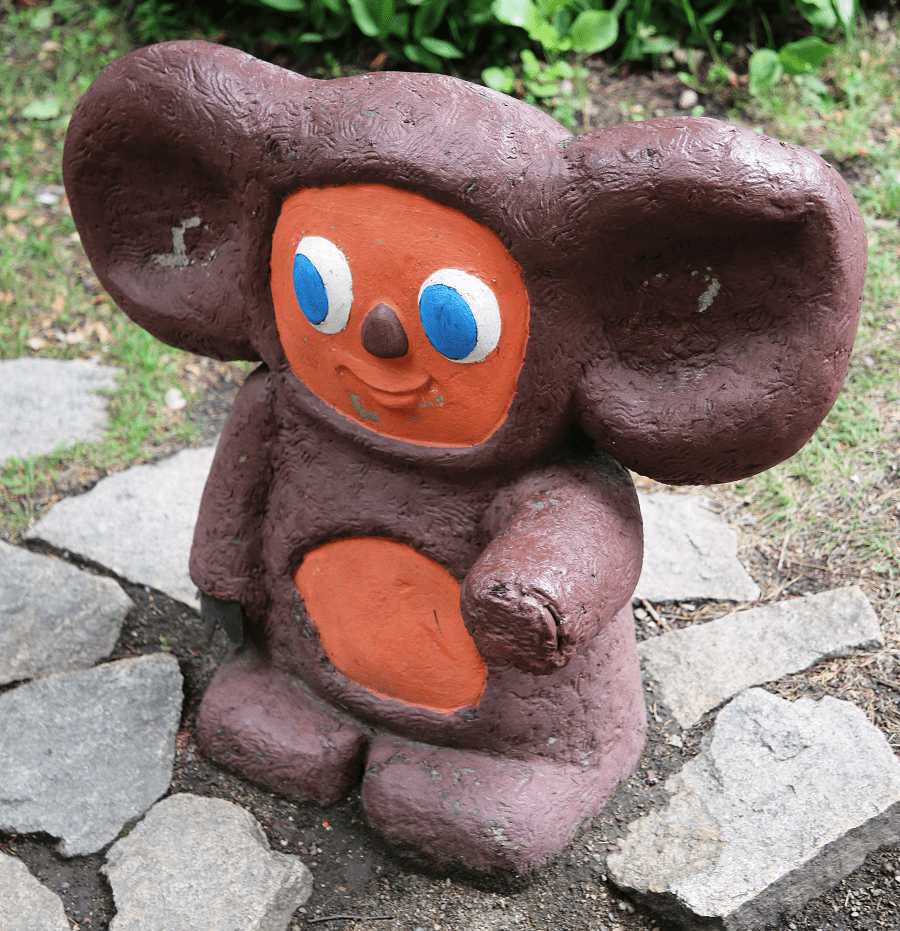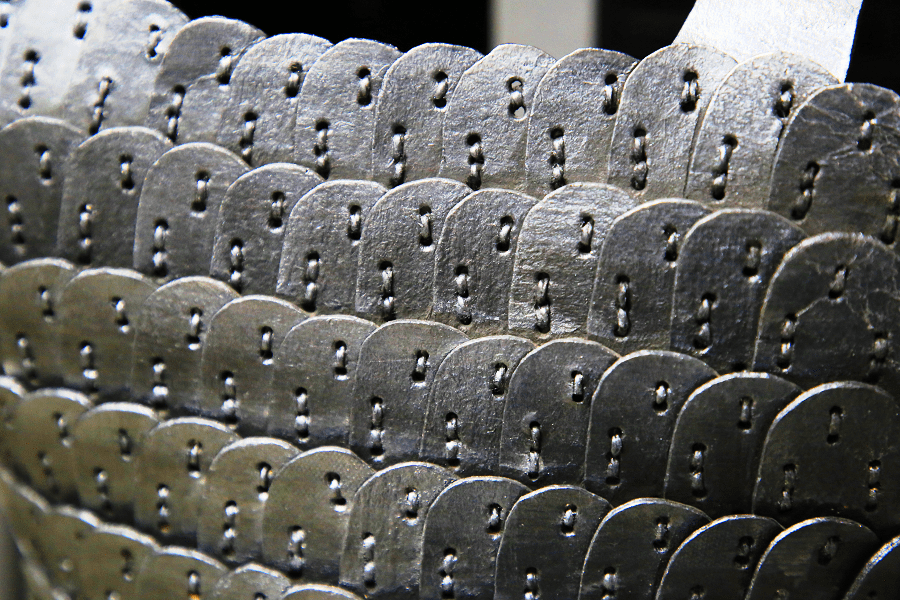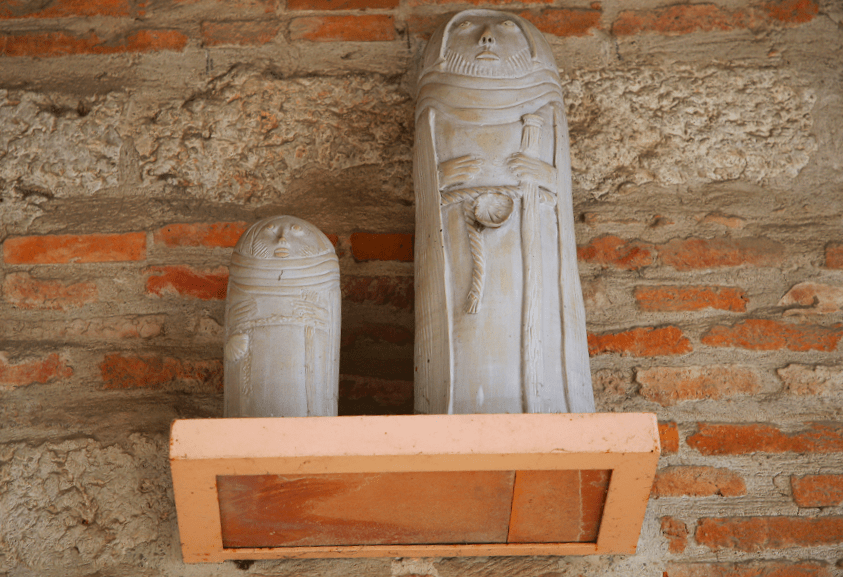Contradictory and multifaceted, Geneva is like a separate continent, not at all like other Swiss cities. It has attracted global talents with its unique atmosphere for decades.
The city is more than 2,000 years old, and during this time it managed to be the Holy Roman Empire land, was part of France, and it was finally annexed to Switzerland at the beginning of the 19th century. Its rich past reminder is the numerous architectural monuments located in the heart of the city: the Gothic-style town hall, ancient palaces, Classicism and Renaissance eras residential buildings. It seems you can spend hours wandering around these narrow streets, simultaneously looking at the windows of boutiques and visiting numerous historical exhibitions and museums.
Geneva beckons travelers from brochures and postcards with its amazing beauty.
Glorified by Lord Byron in his creations, it was known several centuries ago as a place of pilgrimage for famous writers and poets. Goethe, Herzen, Balzac, Dostoevsky, Tolstoy, and Wagner came for inspiration on these paved sidewalks and picturesque embankments, and today it continues to captivate guests with the greenery of its parks, the reservoir’s transparency, and the architectural grandeur.
This city attracts not only world stars and the Forbes magazine article heroes. Thanks to its neutrality and independence, Geneva bears the proud name of the “capital of the world” for many years: the Palace of Nations is located on its territory, where the International Committee of the Red Cross and more than 200 international organizations that open their headquarters operate here. Is it worth mentioning hundreds of important conferences and meetings held all year round at the world level here?
Safely preserving its history and culture, Geneva has become synonymous with scientific progress in recent years. The famous hadron collider was created in a local research center recently, and, surrounded by monuments of ancient architecture, high minds open up new elementary particles and develop future technologies today.
Tourism and main attractions
Basilica Notre-Dame is the main Catholic temple of the city. They built it in 1852-1857 from sandstone, which is rare for Geneva, because of the Swiss preferred stone and brick as construction materials. Its Gothic facades resemble Beauvais Cathedral, they are decorated with beautiful bas-reliefs. The basilica interior is no less rich. Many stained glass windows have been preserved here since the monastery erection, and the Virgin Mary statue made of white stone is the main shrine here. Pope Pius IX presented it to the basilica, he was later canonized.
There is a monumental palace complex – the Palace of Nations on the Ariana Park territory. It was built in 1938 and is second in size to Versailles. The League of Nations was located here until 1946, and the building began to serve as the residence of the Geneva European Office of the United Nations 20 years later. Many international organizations’ offices, for example, UNESCO, OCHA, operate on its territory. There are many conferences, global scale meetings every year, so it’s easy to guess why the Palace of Nations is very popular among tourists.
A cemetery was created to bury the dead from the plague in 1482. Despite the fact that his name hints at the most august persons, in fact, it has nothing to do with the royal blood persons. The people called it so in honor of the street on which it was located. Plainpalais entered the Geneva possessions in 1869 and the Protestantism worshippers were followed for their rest here until 1876. The places became paid in 1883 here, their cost was affordable for wealthy people only, and therefore government officials were buried here since then. The situation has not changed much in our time, and in order to coexist with noble people (including Borges, Dufour, Calvin) after death, you will have to not only pay a substantial amount but also submit an application to the Administrative Council, and there they will judge whether applicant is worthy of such an honor. This request is allowed only to magistrates and individuals who have contributed to the Geneva prosperity and development.
The Geneva Museum of Art and History is considered the largest in Switzerland, its collection totals more than 650,000 exhibits, among which are the finds of archaeologists, the famous masters’ paintings, and sculptors’ masterpieces, as well as musical instruments. And all this wealth is located in a beautiful classic palace, decorated with columns and statues. You can get acquainted with the museum exhibition for free, but you will have to pay for temporary exhibitions. There is a bohemian restaurant on the cultural institution territory where you can relax after a busy tour.
The Geneva Botanical Garden is world famous, because, in addition to the huge variety of vegetation, it has a zoo on its territory, a children’s town, and a recreation area located on the lake also. The Botanical Garden exposition acquaintance is worth starting with the Herbarium Garden. It has collected more than 6 million dried plants’ specimens placed on stands, next to which there are lamps – you can turn them on to view specimens better. The Garden of Smells and Touch is also noteworthy, where you can find unusual to the touch plants that send forth tremendous fragrances. The medicinal plants’ local sector is interesting, the dimensions of which are quite impressive. By the way, the Botanical Garden admittance is free.
Leisure, festivals and traditions
Residents of Geneva respect their history greatly, which is manifested in the huge number of festivals and carnivals that are held in the city throughout the year.
This is Genevan Feast, and numerous festivals of music and folklore, and the famous Day of wine cellars. L’Escalade is, without a doubt, the most famous among these celebrations Escalade. This holiday is celebrated from December 11 to 12 and goes back to the XVII century, when the Duke of Savoy troops tried to seize the fortress walls of Geneva, but the city was saved thanks to the courage of the inhabitants. If you arrive these days nowadays then you will find yourself in the very center of folk festivals: colorful reconstructions of the Middle Ages events take place on the streets, people stage bright masquerades and torchlight processions, and the most impressive action is the noisy games around huge bonfires that locals light in the squares with the coming of night.
It’s time to wind down among the natural landscapes after fun celebrations and entertaining excursions.
Park City is Geneva’s second name, so all you have to do is choose one of 50 amazing green parks and gardens. Jardin Botanique Alpin de Meyrin and Botanical Gardens (Jardin-Botanique), Parc des Eaux Vives, Parc des Bastions, Rousseau Island – any of these places promise you a pleasant walk and great views. Most importantly, do not forget to take a camera – otherwise, you risk missing out on some of the most picturesque shots during your trip.
How to get from the airport to the city?
There are several bus routes connecting Geneva Airport (Cointrin):
free route: runs every 20 minutes, departs from the passenger arrival areas;
F, № 10, and № 5 routes: connect the airport to Geneva Central Station;
№ 23 route: airport — ZIPLO;
57 route: airport — Meyrin;
28 route: airport — Jardin-Botanique;
Y route: airport — Thoiry.
Buses depart every 8-15 minutes.
Each Geneva guest has the opportunity to get a free pass valid for all city public transport within 80 minutes. These tickets are issued in special machines with the “Free Ticket” sign. You can find them in the baggage claim area.
Trains depart from the railway platform at the airport for the Geneva center every 10-12 minutes. Opening hours from 05:07 to 23:50.
Local transport
All transport in Geneva (buses, trams, trolleybuses, water transport) is free for tourists. You need to apply for a Geneva Transport Card to take advantage of this opportunity. The card can be taken at the hotel, in ticket vending machines, including those at the airport, as well as at TPG offices (Geneva transport company). You should always have a passport and boarding pass from an airplane with you.
For those who plan to travel across the country, including in different cities of Switzerland, Swiss Pass is suitable for all types of transport: land, water, rail, intercity buses, and trains.
Swiss Pass can be bought at Swiss airports upon a passport presentation or on the official website.
Hotels
Geneva is rightfully considered the Switzerland tourist capital, and therefore it exceeds any other city in the country by the number of hotels, hostels, and guest houses.
If you want to know the real Geneva, then you should definitely stay at Hotel Les Armures (5 *), located in a 17th-century building in the Old Town heart.
Cozy and spacious rooms feature chic furniture, marble bathrooms, free Wi-Fi, and satellite TV. The hotel has an elite restaurant, and if you wish, you can enjoy a coffee in the oldest city coffee shop opened here.
Cornavin Hotel (4 *) is decorated in an unusual style and offers a sauna, a restaurant and a gym to its guests.
The hotel highlight is the world’s largest pendulum (30 m), descending from the 10th floor to the reception desk on the first floor. In addition, all arrived guests are provided with cards for a free ride on all types of public transport.
“We have everything in Feng Shui,” says the staff of the three-star Jade Manotel Hotel and invites guests to their comfortable rooms, where everything is arranged and verified in accordance with the famous Taoist practice principles. It features a restaurant, free Wi-Fi, and a moderate price for all services.
You can stay in one real Swiss village houses by visiting the Edelweiss Manotel (3 *), which has the mountain chalet atmosphere.
You can spend hours under its roof relaxing in an armchair by a large fireplace and enjoy classic Swiss raclettes and fondues, and only free Wi-Fi will remind you of civilization.
Les Arcades Hotel (2 *), Le Prince Hotel (2 *), Hotel de Geneve (2 *), and Des Tourelles (2 *) are considered to be one of the most budget hotels in the city. They cost equally little, they all offer guests breakfast in the morning, free Wi-Fi and are ideal for international students.
Restaurants
Going to cafes and restaurants is considered an integral part of Geneva’s life.
The most famous is the Windows Restaurant. Justifying its name, huge wooden windows and no less grandiose glass doors adorn it from floor to ceiling, which gives visitors the opportunity to enjoy the majestic Geneva Lake beautiful view. The menu flashes dishes from all continents, so successfully rethought by the chef that the institution even received a Michelin star for this. Grouse in whiskey and yogurt, venison with herbs are considered the most popular delicacies here.
The real hot African spirit reigns under the Leopard Room roof. The interior is made in the appropriate style: leopards’ photos on the walls, wild cats figures in the corners, and even waiters scurry between tables dressed in national African costumes. The menu is replete with meat gastronomic delicacies and a wide selection of designer cocktails, and jazz plays every evening here.
Switzerland is famous for its excellent chocolate, so your city impressions will be incomplete without a visit to the Chocolatier du Rhône confectionery.
This establishment has been creating traffic jams on nearby streets from customers’ carriages since its opening in the distant 1875, and Charles de Gaulle, Kennedy, and Churchill were among the restaurant clients at different times.
Le Chat Botté (Puss in Boots) is the most sophisticated restaurant in the city, and any local resident will tell you this with confidence. The restaurant menu is full of all kinds of culinary delicacies, including the most delicious foie gras and duck meat. Wine connoisseurs especially love this place – the “Puss in Boots” wine list has more than 40,000 different items.
Shopping
Although Geneva is not inferior to many megacities in boutiques, nightclubs, and cafes quantity, you can get around all local shops and outlets in a couple of days thanks to its miniature size.
Rue du Rive and Rue du Rone are the main city streets running parallel to each other and its main trade arteries, which are home to all famous European companies boutiques. Not far from them is Grand Rue – a real mecca for art and antiques’ lovers, where dozens of shops and galleries are concentrated.
The most famous multi-story city shopping centers are Gaspard Zoss, Outlet Aubonne, Manor and Bon Genie.
There are a lot of markets in the city. The open-air bazaar in Plaine de Plainpalais square is the most popular among tourists and locals. Vegetables and fruits are sold on Tuesdays and Fridays here, and there is a flea market on Wednesdays and Saturdays where all kinds of antiques are sold, among which real values and rarities (for example, antique watches) are often found.
Switzerland is good because here you definitely don’t have to think about memorable gifts for loved ones: everyone knows that this is a country of watches, chocolate, and, oddly enough, penknives.
It is advisable to buy watches in company chain stores in Geneva, and chocolate and folding knives are sold at every corner in the city. But if you want to save money, then it is better to purchase these and other small souvenirs at the airport, where you will also find many duty-free shops and everything costs a little cheaper.
Main information
Area: 15.8 sq. km
Coordinates: 46°12′N 6°09′E
Population: 201 700
Languages: French, German
Currency: euro
Visa: Schengen
Time: Central European UTC +2



